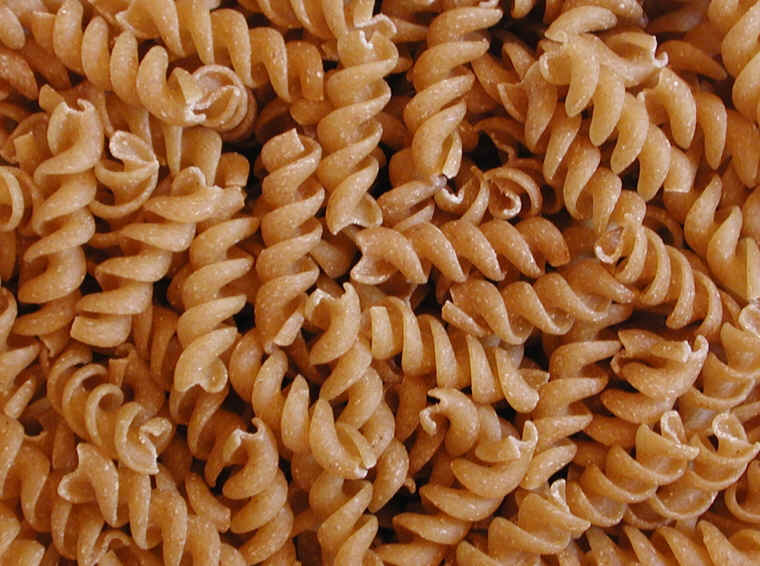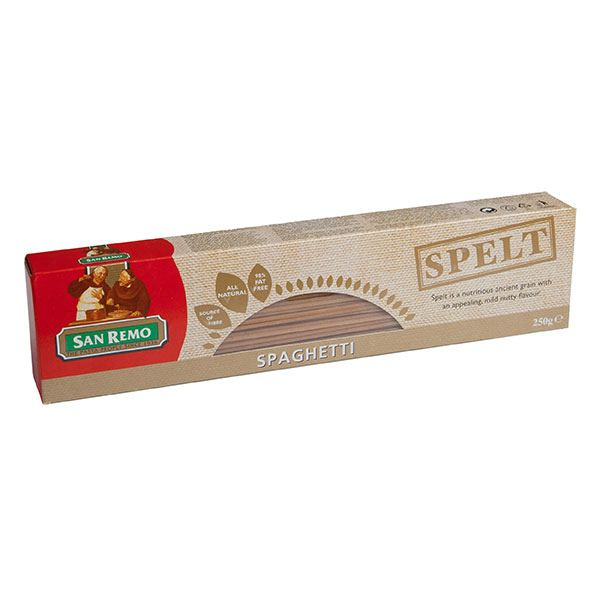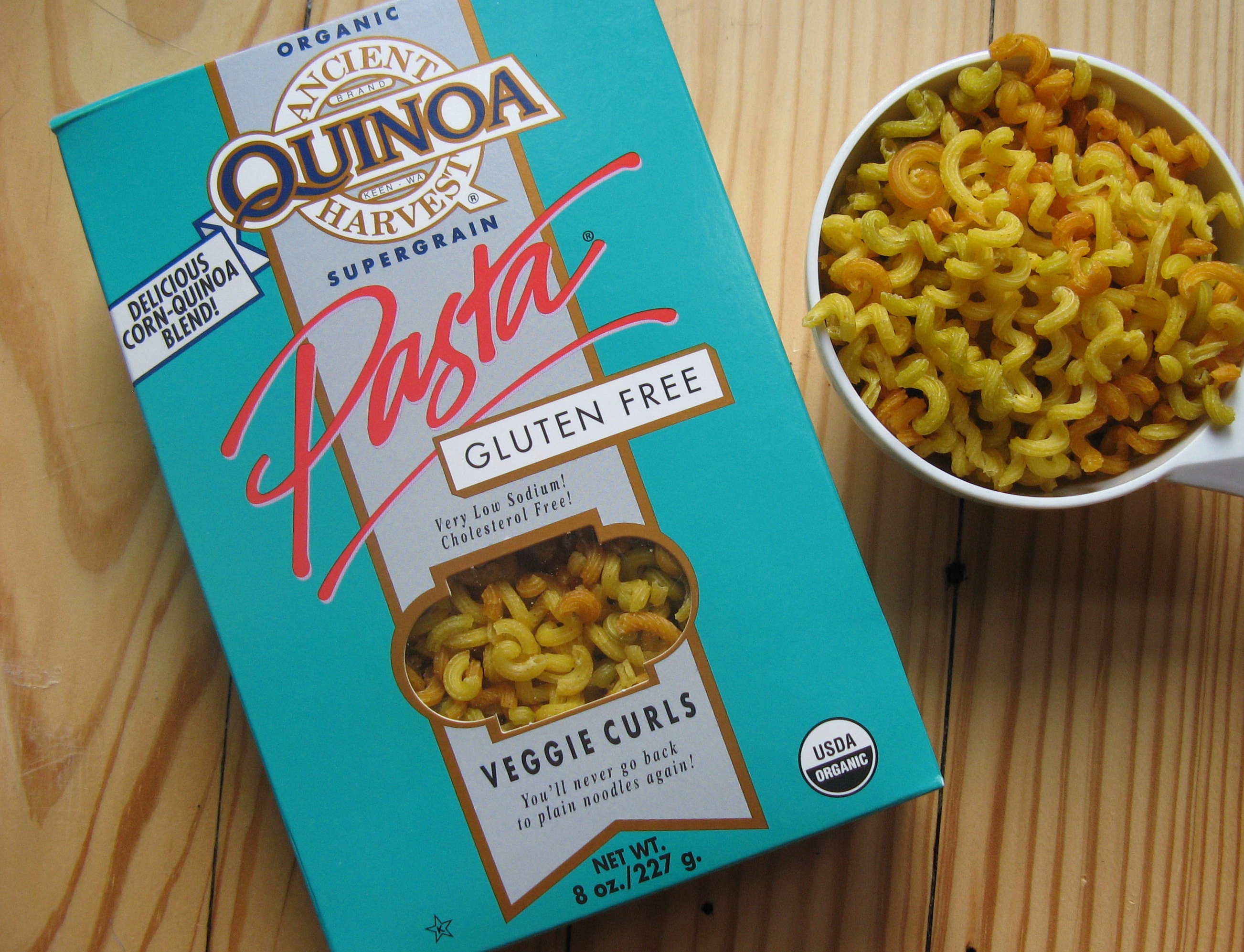6 Tips for Older Women Who Want to Re-Enter the Workforce
Settling down during their early 30s and having kids a year or two after are some of the reasons why most women leave the workforce. Some become full-time housewives, while some are still planning to take another shot to be back on the work field. If you’re one of the latter, here are six simple tips that you can do to achieve your most awaited comeback as a career woman.

- Plan Your Path Ahead. A good way to kick-start your career comeback is to choose a profession that excites you and keeps you motivated to work, because most employers nowadays already values an employee’s motivation to work than her skill.
- Relive Some Connections. Staying in touch with your former colleagues is one of the greatest way to keep you updated on any job opportunities in their respective companies. Also, don’t hesitate to reach out to the new people who may become relevant for the new career path that you’ll be taking.
- Stay Active on Social Media. This doesn’t necessarily mean posting your resume online. Instead, post photos of you working on a particular project on an underdeveloped area in your Facebook or Instagram accounts. That way, your potential employer will be able to see how you’ll fit in with their corporate culture.
- Enhance Your Skills. Since you’re back for a new career direction, it’s imperative that you refresh and improve your skills, though studying to further hone your skills shouldn’t also be done on the last minute. Remember that you’ll get an extra confidence boost when you develop your skills for years, compared to when you do it in a just span of two to three months.

- View Job Searching as a Temporary Full-Time Job. Now is not the time to feel bad or lazy about being unable to find a new job. You’ve experienced job searching before and conquered it, so you’ll be able to do it again. Just treat it as your temporary full-time job as you search for your real dream job.
- Research Your Role. Most successful businesses spend a lot of time researching, and the same thing goes for searching a job. Perform a thorough research on the position that you want to land on. If possible, plan your first few weeks as if you’re already working for the company and you’ll be able to answer interview questions like you’re already in the position.
Getting a second shot in the working field during your 40s will not be easy. However, staying positive and motivated during this time will surely land you your dream job even for the second time around.






